Home cinema
systems
speakers
layout diagram

A well-thought-out placement of home theater speakers in the room has a clear impact on the sound quality of your system. Proper placement of speakers, even low-end audio system speakers, will surprise you and give your cinema system a richer status.
In this article, we’ll tell you how and where to place your existing speakers for maximum performance. We’ll also help you overcome common room challenges. This doesn’t depend on the sound system you have. It doesn’t matter whether you’ve had your speakers for years or if they’re brand new. Our goal is to get the most out of your existing sound system.
Front (left and right) speakers
In order for the front speakers to broadcast full-fledged and high-quality sound to your location, you need to turn the speakers to the place where you will be sitting. It is in front of the TV or projection screen. The high-frequency speakers of the speakers should be at the level of your ears (when sitting). Enjoy listening to music or watching a movie. Pay attention to how far your speakers are placed from the wall. If the speakers have a phase inverter installed on the back, in this case, the closer they are to the wall, the more low frequencies (bass) are heard (felt). In many cases, this is an unpleasant, resonant frequency. The overall sound quality can be improved by moving the speakers a little away from the wall. Try several positions to choose the best place to place the speakers and feel the best results.

Facing you, the front speakers will produce accurate and high-quality sound.
Center speaker
Place or mount the center speaker below or above the TV screen. If possible, tilt (up or down) the speaker so that the tweeter is at ear level.
Effect (rear) speakers
Your surround (rear) speakers must be mounted to the wall or placed on dedicated stands.
5.1 Surround Sound System
In a 5.1 system, the effect speakers are hung (or placed) also on the left and right sides of the listening position (behind you or to the side of you). Point them in the direction of your current listening or viewing position. If the side position is not suitable, move the effect speakers a few tens of centimeters or a meter behind you and tilt them forward (towards the screen). In order to feel all the transmitted sound effects, we recommend that they be 30-60 cm. above ear level when you are sitting.

To hear all the effects recorded in the 5.1 soundtrack, place the effect speakers on dedicated stands (or mount them on the wall) at a height of 30-60 cm above your ear level (when sitting).
7.1 Surround Sound System
In a 7.1 sound system, the surround speakers are placed next to and behind your seating area. As in a 5.1 system configuration, the side speakers are placed to the left and right of your seating area and are directed directly towards you. The rear speakers are placed behind you and are directed forward (towards the screen). For the best sound effect, place the speakers 30-60 cm. above your ear level when you are sitting.

The 7.1 system takes full advantage of the possibilities and is mounted (or placed on dedicated stands) on the side and rear walls.Recommended height, 30-60 cm above the level of your ears when you are sitting
Low-frequency speaker (Subwoofer)
Since low frequencies do not have a defined path or direction of sound propagation, you can place the subwoofer in a location that is convenient for you and best reproduces this frequency. In this case, you will avoid unpleasant sound noises. Placing it closer to the wall may give the impression that the bass frequency is richer. Many people place the subwoofer in front of the speakers. In this case, it is advisable to use a wireless subwoofer if possible. This will avoid a linear (signal) cable lying on the floor.

Placing the subwoofer against a wall enhances the bass sensation. Placing it at an angle does not have this effect.
Additional subwoofer
By using two subwoofers, you will feel a more even distribution of low frequencies in the room. Also, an additional speaker is placed in a large room, which fills the volume of the room with rich, dynamic low frequencies. Choose the location of the speaker according to the configuration of the room. In some rooms, excellent results are felt by placing low-frequency speakers in the front corners of the room. In other rooms, placing one subwoofer in front of the listener - the other, distant behind (at the opposite end of the room). Try several different placement methods. In this case, you will choose the most suitable option for your room, which will provide listening pleasure, and you will hear the most rich and clean low frequencies in your existing room.

If necessary, install a second subwoofer. This will allow for a more even distribution of low frequencies.
Rooms of irregular (non-traditional) shapes
Not every room and space is designed to reproduce good surround sound. Some room layouts are difficult to find the right location for the speakers. Below (in the drawings), we will provide you with recommended sound system layout plans. This will help you find the most optimal speaker placement option in rooms with a complex layout.
L-shaped room

Is your room L-shaped? Set up your sound system using standard 5.1 system guidelines. Move the sofa away from the wall to improve sound quality.
If your existing room is completely unsuitable for a 5.1 or 7.1 surround sound system, we recommend choosing a 3.1 sound system. This system uses front left, front right, center and subwoofer channels. Choosing this system in such a room is much better than an incorrectly placed 5.1 speaker system.
TV in the corner of the room

Your TV in the corner of the room? Although this arrangement makes the best use of the living space, it is not suitable for using an effective 5.1 or 7.1 sound system. In this case, it is best to choose a 3.1 sound system.
Open space layout

If youuhss The existing room is open, we recommend effective columnsėI'll bet on it.uhss sėdims places, on a specials stands.
Dolby Atmos and DTS X systems
You can also install a Dolby Atmos sound system. In this case, the speakers are mounted above you (usually in the ceiling). An Atmos system starts with a 5.1 or 7.1 speaker setup, expanding it with 2 or 4 speakers above you. DTS X works with any traditional surround sound system. Simply position the speakers correctly to match the shape of your room. Then let the receiver's auto-calibration and processor create detailed sound information. It will determine how best to deliver dialogue and sound effects.
To find out where to mount your Dolby Atmos speakers, check out the Dolby Speaker Setup Guide.
Don't worry about imperfection.
The good news is that you don't have to find the "perfect spot" for each speaker. Many home theater receivers offer an automatic speaker calibration device that will do it for you. The included microphone is placed in your listening position. It "listens" to the tones and frequencies of each speaker at various volume levels. The receiver's processor is then able to compensate for the audio loss by automatically adjusting the audio delay, output level, and so on.
Help us get started on this.
Our experts can help you design a surround sound system for your home. We invite you to contact us. We will advise you personally.


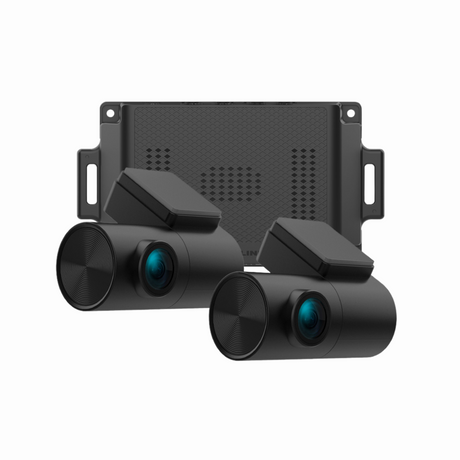
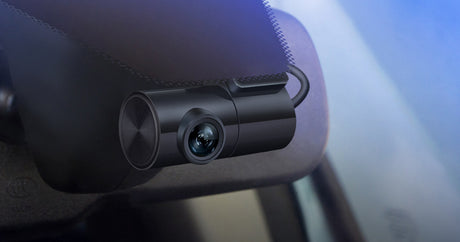
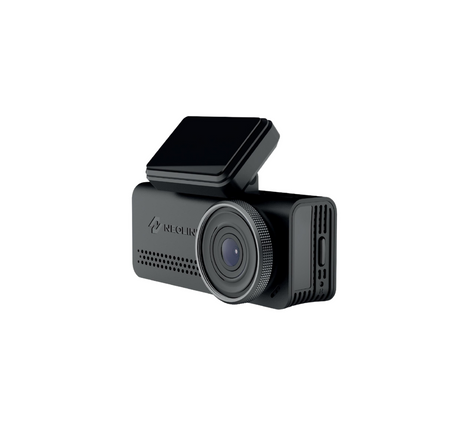

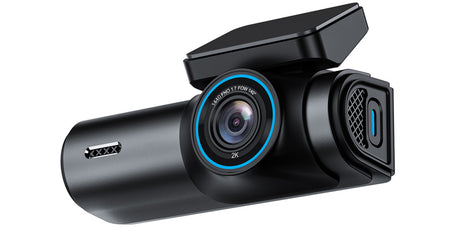





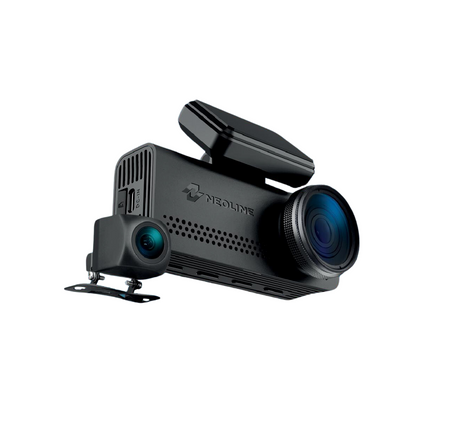



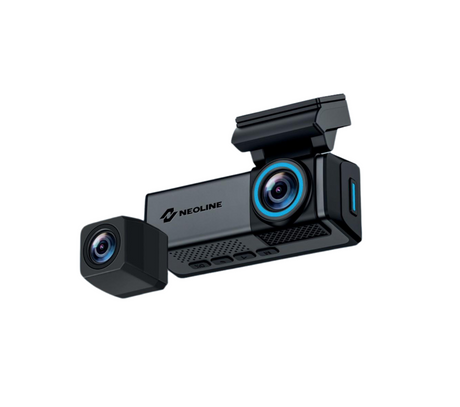



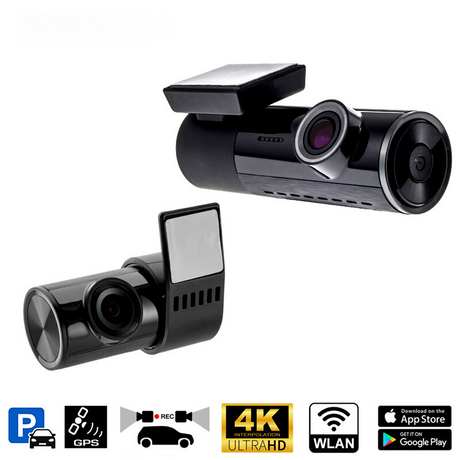
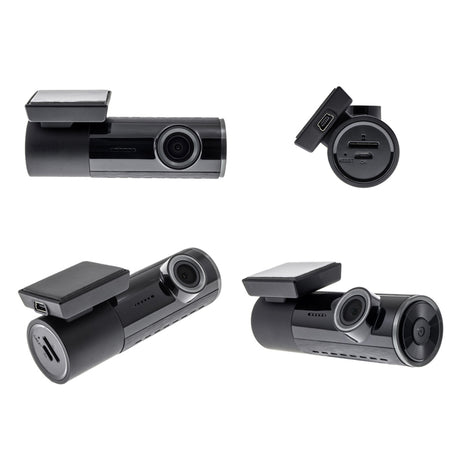


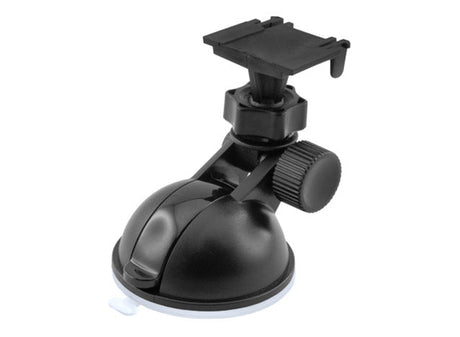
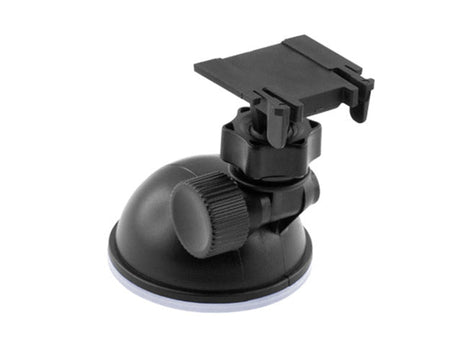

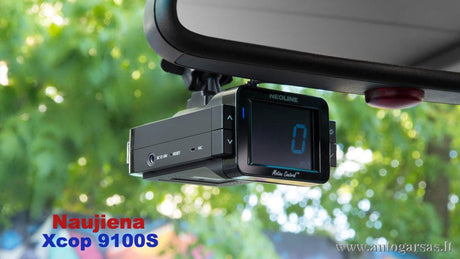
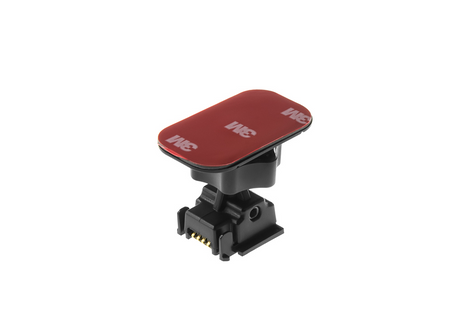
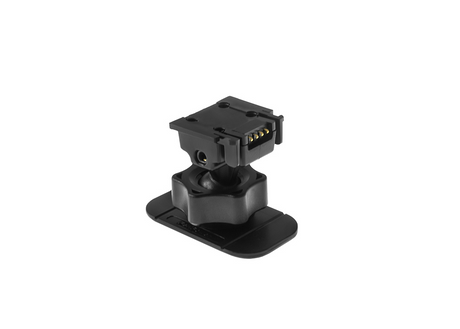
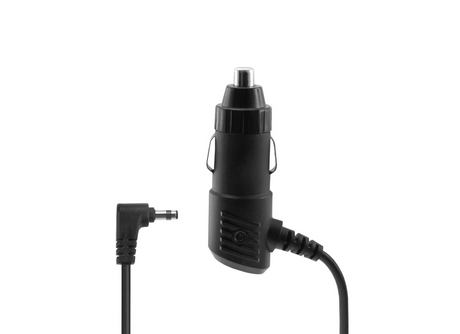

1 comment
Sveiki ! Kaip tik siuo metu vedzioju laidus kur stoves koloneles, ar butu protinga efektines koloneles montuoti ne ant sienos ar stovo, o lubose virs galvos?